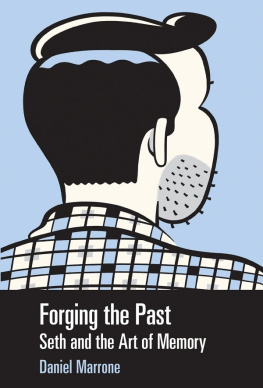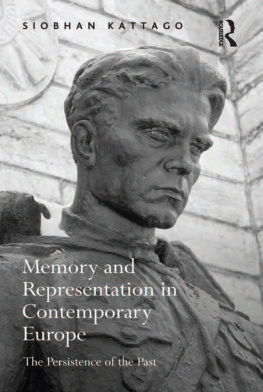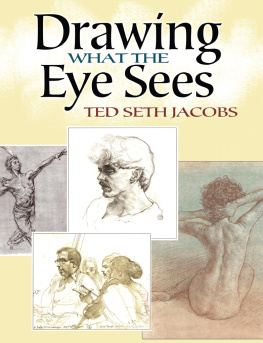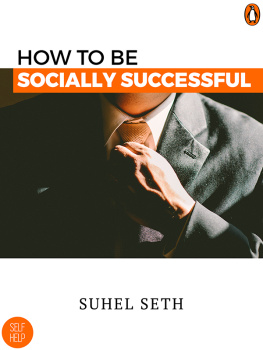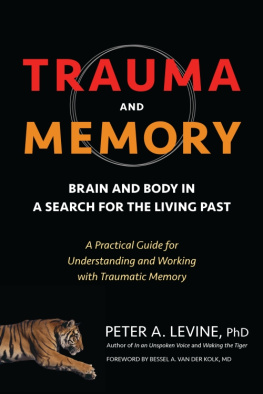Forging the Past
Great Comics Artists Series
M. Thomas Inge, General Editor
Forging the Past
Seth and the Art of Memory
Daniel Marrone
University Press of Mississippi / Jackson
www.upress.state.ms.us
The University Press of Mississippi is a member of the Association of American University Presses.
Images Seth//Gregory Gallant
A version of , Pictures at a Remove: Seths Drawn Photographs, appeared in ImageTexT 8.4 (2016).
A portion of Canadian History in Canadian Review of Comparative Literature 43.1 (March 2016).
Copyright 2016 by University Press of Mississippi
All rights reserved
Manufactured in the United States of America
First printing 2016
Library of Congress Cataloging-in-Publication Data
Names: Marrone, Daniel, 1983author.
Title: Forging the past : Seth and the art of memory / Daniel Marrone.
Description: Jackson : University Press of Mississippi, 2016. | Series: Great comics artists series | Includes bibliographical references and index.
Identifiers: LCCN 2016007767 | ISBN 9781496807311 (hardback)
Subjects: LCSH: Seth, 1962Criticism and interpretation. | Comic books,
strips, etc.CanadaHistory and criticism. | BISAC: LITERARY
CRITICISM /
Comics & Graphic Novels. | BIOGRAPHY & AUTOBIOGRAPHY /
Artists,
Architects, Photographers. | SOCIAL SCIENCE / Popular Culture.
Classification: LCC PN6733.S48 Z73 2016 | DDC 741.5/971dc23 LC record available at http://lccn.loc.gov/2016007767
British Library Cataloging-in-Publication Data available
Contents
Acknowledgments
Sincerest thanks to Barry Curtis and Roger Sabin for their generous encouragement, astute advice, and attention to detail.
I am also deeply indebted to Seth for being such a gracious and willing participant in this work, for donating hard-to-find back issues of Palookaville, and particularly for inviting me into his home to talk about comics.
Special thanks to Sarah Pinder for her constant support.
Forging the Past
Introduction
For all of us there is a twilight zone between history and memory.
Eric Hobsbawm, The Age of Empire
Seth has a way of sneaking up on the reader. His work seems so familiar, so much a product of a certain reassuring tradition of visual culture, that its inventiveness may come as a surprise. This is not a matter of easy incongruitycartoon form, literary contentbut a far more subtle and discreet exploration of a complex medium. In much of his work, Seth offers readers a strange kind of hospitality, inviting them to dwell in the shifting terrain between history and memory.
In such a space, where history and memory overlap, the latter often rushes in to fill the gaps left by the former. Seths work is deeply engaged in this process, what Walter Benjamin calls the mysterious work of remembrancewhich is really the capacity for endless interpolation into what has been (Reflections 16). It is possible to conceive of cartooning in similar terms: as both a practice and a capacity related to the excavation of the past. Seth suggests that the whole process of cartooning is dealing with memory (Taylor 15), a claim that goes a long way toward setting the parameters for much of this investigation. Although this book takes a cue from Eric Hobsbawm, its primary historiographic touchstone is Linda Hutcheon, whose focus is not history but literature. Hutcheon provides a remarkably apt description of Seths work when she uses the term historiographic metafiction, which, she says, questions how we know the past, how we make sense of it (Canadian Postmodern 22, emphasis in original). This investigation seeks, in a number of different of ways, to address one principal question: How does Seth make the past?
To a certain extent, this book began with a suspicion about longing for the past in comics. Could the ostensible prevalence of nostalgia in many of the most popular and critically acclaimed comics be more than a mere trend or coincidence? The abundance of memoirs, period pieces, carefully researched chronicles, and otherwise historically inflected workto say nothing of the longing for a lost home that defines superheroes as familiar as Superman and Batmanseems to suggest that comics as a medium might be particularly suited to wrestling with nostalgia. Cartoonists like Chris Ware, Ben Katchor, and Seth himself have identified the significance of longing for the past in their workand, perhaps even more often, have had this significance thrust reductively upon them. However, with the notable exception of Charles Hatfields work in this area (Same as It Never Was; Its Not the House I Lived In), the relationship between nostalgia and comics remains largely untheorized. Precisely because Seths interest in the past can be mistaken for unadulterated longing, his body of work becomes an ideal site for redressing the somewhat impoverished understanding of nostalgia in contemporary comics. In this book, I locate his attitudes toward the past along a spectrum of ambivalent longingin which the ambivalence is just as important as the longing.
I sometimes refer to the various iterations of this ambivalent longing simply as nostalgia, using the word as a kind of shorthand for a family of phenomena concerned with homecoming, return, and repetition. As Svetlana Boym recounts in The Future of Nostalgia, the word nostalgia was coined by Swiss physician Johannes Hofer in 1688 to diagnose a homesickness so acute it could lead to nausea, fever, and even cardiac arrest (34). Due to its obsessive tendency, Boym characterizes the condition as a mania: the sufferer, invariably a Swiss soldier in these early instances, compulsively returned to thoughts of home (4). A physical return home to Switzerland was the most reliable cure at first, but as nostalgia evolved and spread across Europe over the eighteenth century, the mania of longing became increasingly difficult to treat, even as its physical symptoms fell away (6). By the nineteenth century, the affliction was far more fashionable than incapacitating, embraced as a romantic attitude, which Boym summarizes as a Cartesian proposition: I long therefore I am (13). A Swiss invention with Greek roots, nostalgia literally translates as an ache (algia) for the return home (nostos)although Boym offers a more evocative and precise definition: a longing for a home that no longer exists or has never existed (xiii).
The fictive, imagined home is at the center of much of Seths work, as is its implicit analogue, the nation. (In some instances, the nation becomes an explicit concern, most obviously in a work like The Great Northern Brotherhood of Canadian Cartoonists.) The longstanding national implications of nostalgiawhich Hofer considered a patriotic illness (Boym 4)help to account for the subtle correlation between Seths imagined homes and his invented communities. Of course, nostalgia is as much about a return to the past as the return home: Boym calls it a historical emotion (7), a reaction to the modern conception of unrepeatable and irreversible time (13). Nostalgia tends to obscure the distinction between geographical and historical origins, operating at once spatially and temporally. Boym identifies a strain of restorative nostalgia, which aligns itself with the notion of tradition (often national or regional tradition) and which attempts to realize a transhistorical reconstruction of the lost home (xviii). She contrasts this with a reflective nostalgia that dwells on the ambivalences of human longing and belonging and does not shy away from the contradictions of modernity (xviii). Seth exemplifies this nostalgic mode in his work, which is often preoccupied with precisely these ambivalences and contradictions. Where restorative nostalgia reacts against such contradictions, reflective nostalgia embraces themin both cases, ambivalence is at the root of longing for the past.
Next page
